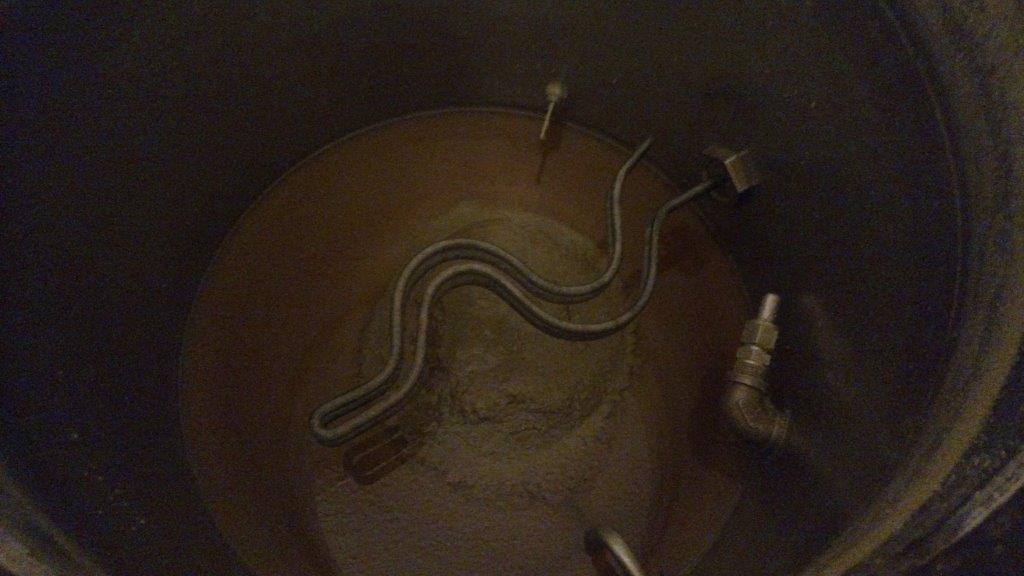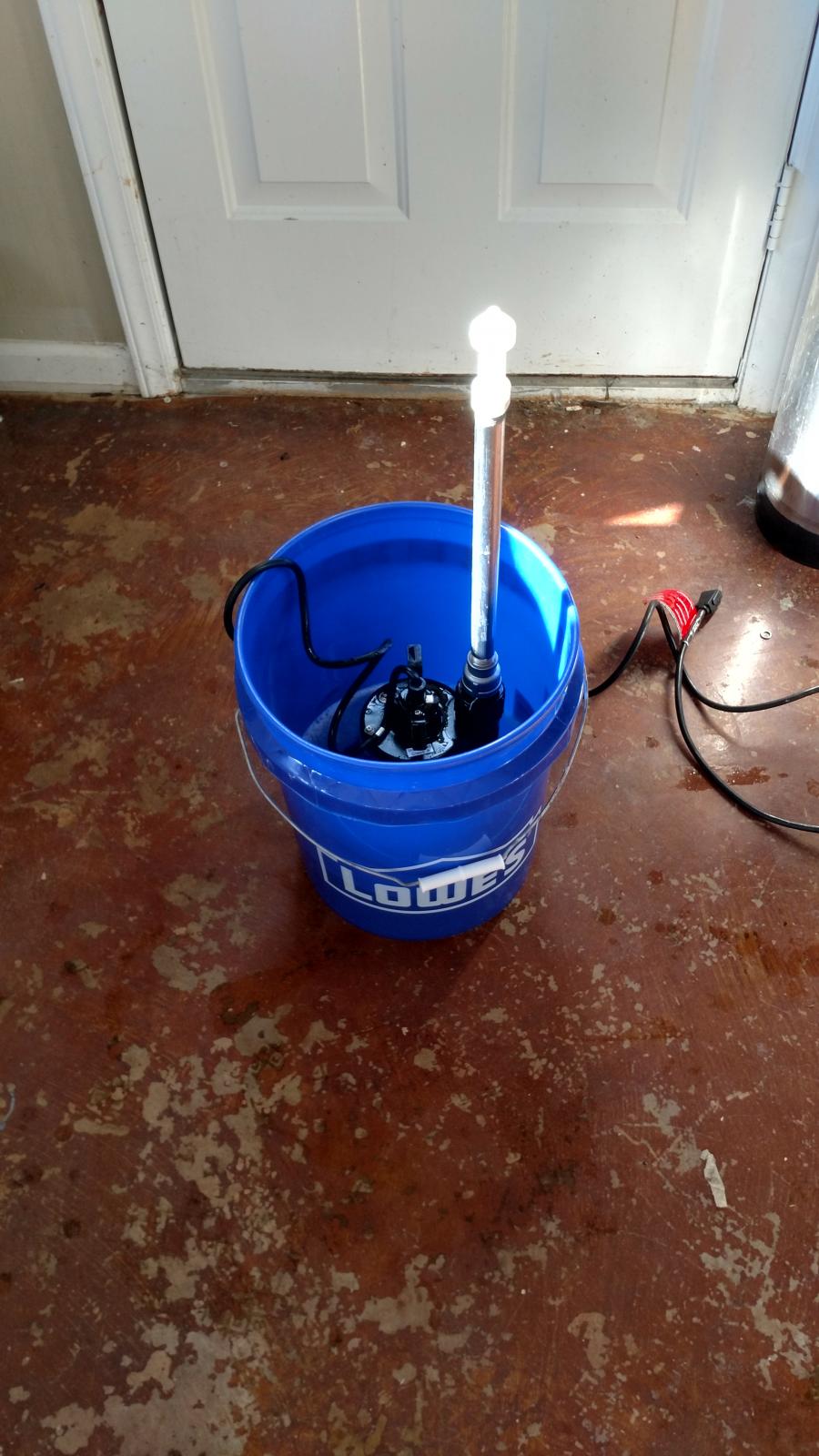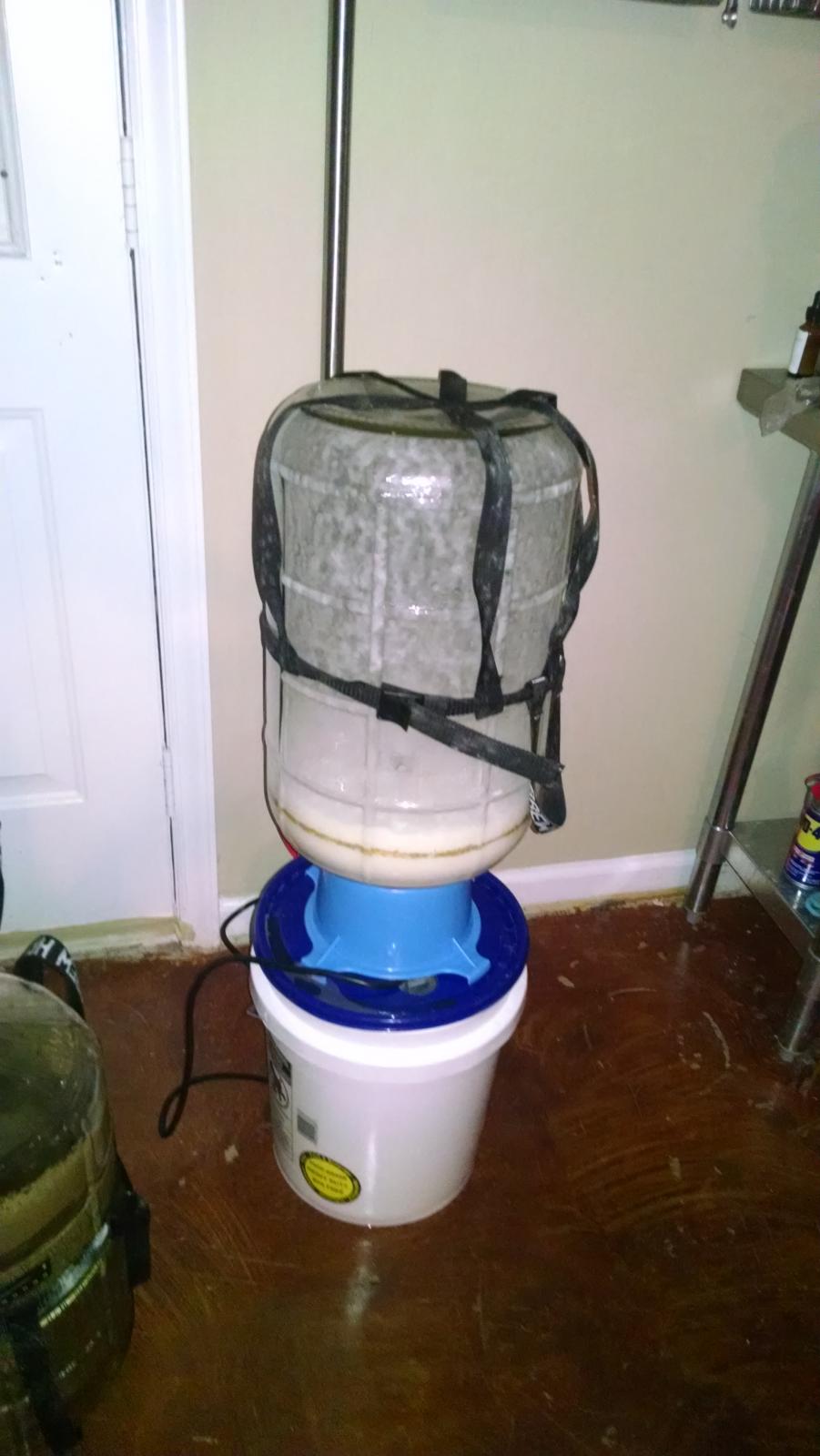Guinness FES is a stronger, and IMO, thicker feeling version of their dry Irish Stout. I suspect they use the same Ale yeast strain in both. Ale yeast generally works best at 58-75F temps, but the ideal temps depends on the particular strain and the beer style you are brewing. Generally I recommend 62-68F for most of them, with exceptions in a few cases.
Lager yeasts tend to ferment best at 50-55 (Although I don't have as much experience with those strains) and lagers in general are aged several weeks down close to freezing after several weeks primary fermentation. These "rules" are still argued about, but considering where you are brewing, you might be best served not worrying too much about Lagers and focus on what will work well, especially to start with: Ales.
And if you are not versed in the very basics of yeast, I HIGHLY recommend you buy a copy of YEAST, from Brewer's Publications. It's a really good book on how to work with yeast, and goes into a lot more detail than I can here. IMO it may be the most useful specialty homebrew book out there. it's been said many times that the most important step in brewing is giving the right yeast, the right conditions to do their thing. Not only can different strains give different flavors, different conditions (Temp, pH, food supply, chemistry) can greatly impact the flavors that your yeast will give you. It's really worth some study, especially in a more challenging environment.
Depending on batch sizes, you might consider buying a chest freezer or fridge with a controller on it, rather than spend $$ on a large inefficient walk-in. Less space to chill.
Lager yeasts tend to ferment best at 50-55 (Although I don't have as much experience with those strains) and lagers in general are aged several weeks down close to freezing after several weeks primary fermentation. These "rules" are still argued about, but considering where you are brewing, you might be best served not worrying too much about Lagers and focus on what will work well, especially to start with: Ales.
And if you are not versed in the very basics of yeast, I HIGHLY recommend you buy a copy of YEAST, from Brewer's Publications. It's a really good book on how to work with yeast, and goes into a lot more detail than I can here. IMO it may be the most useful specialty homebrew book out there. it's been said many times that the most important step in brewing is giving the right yeast, the right conditions to do their thing. Not only can different strains give different flavors, different conditions (Temp, pH, food supply, chemistry) can greatly impact the flavors that your yeast will give you. It's really worth some study, especially in a more challenging environment.
Depending on batch sizes, you might consider buying a chest freezer or fridge with a controller on it, rather than spend $$ on a large inefficient walk-in. Less space to chill.








